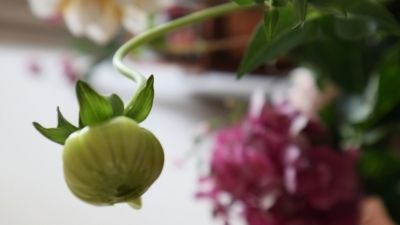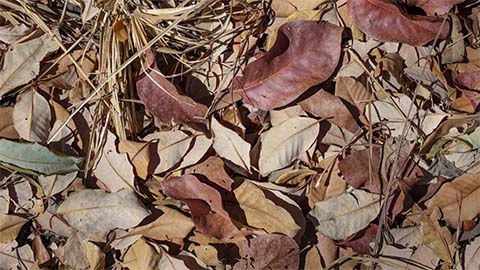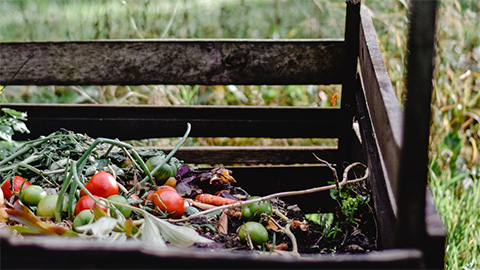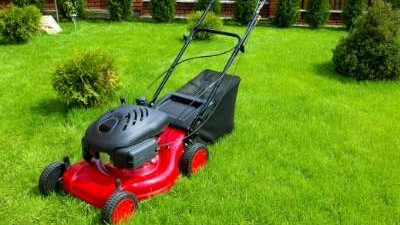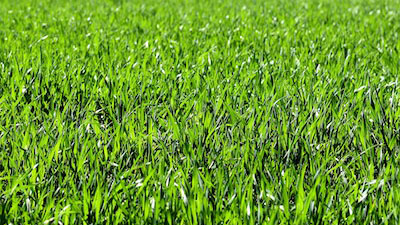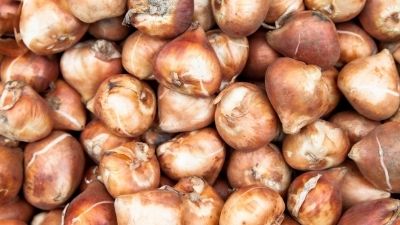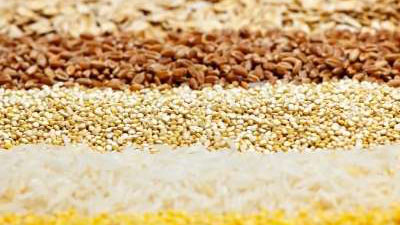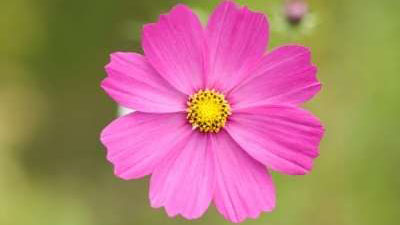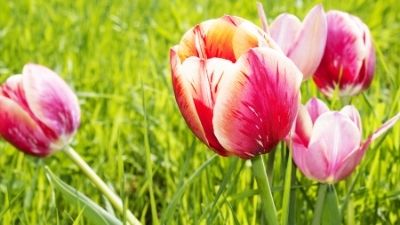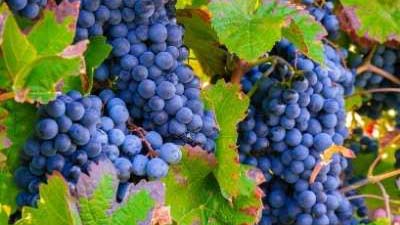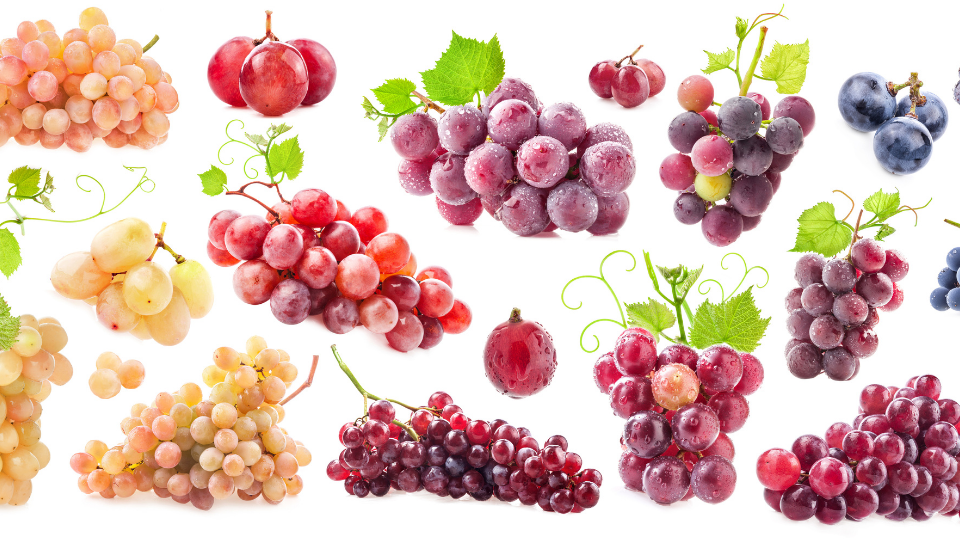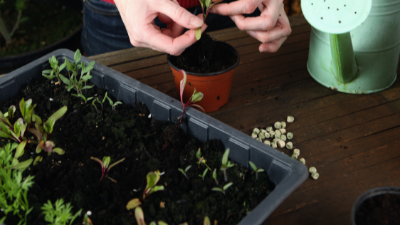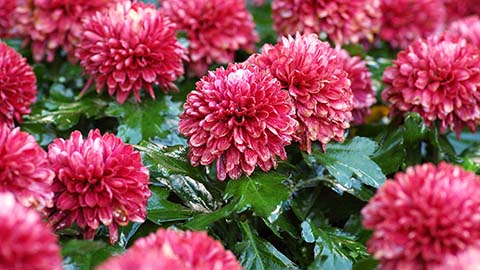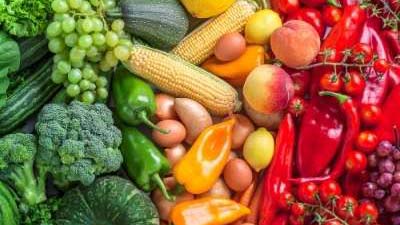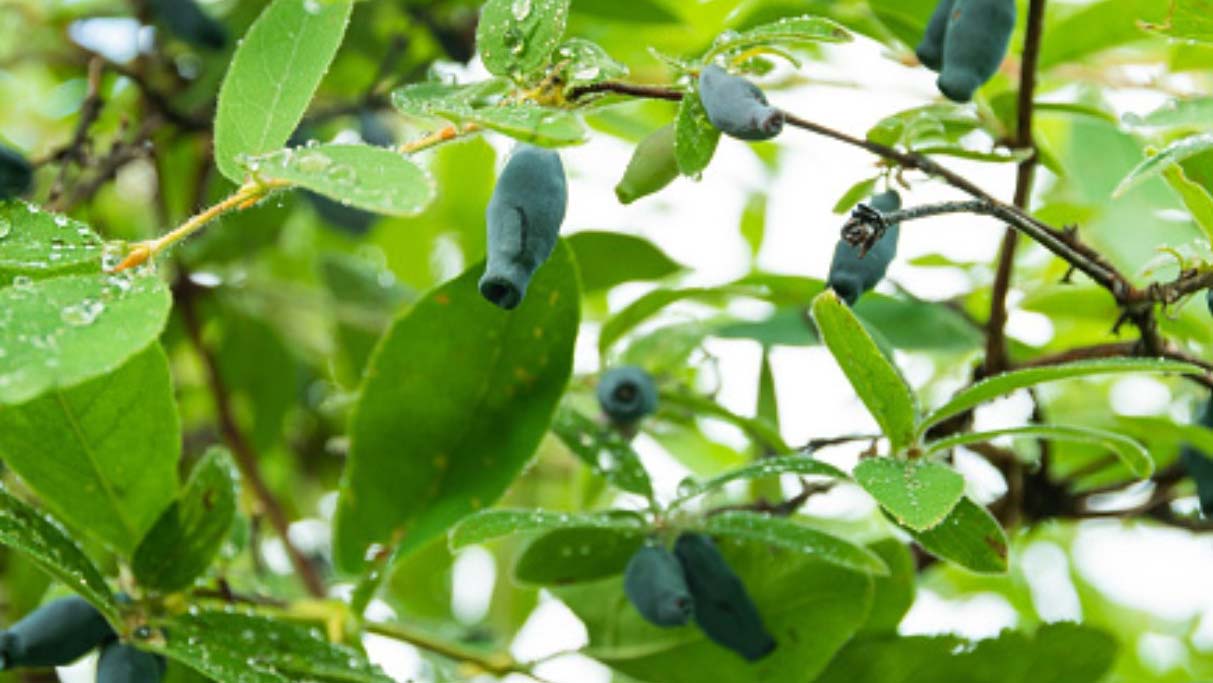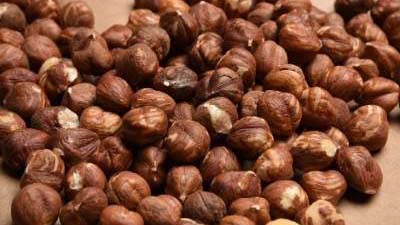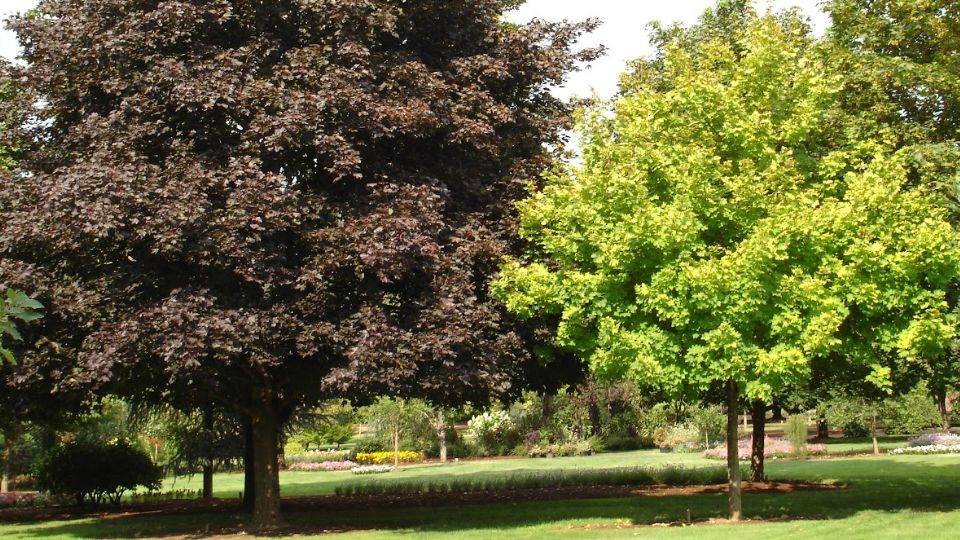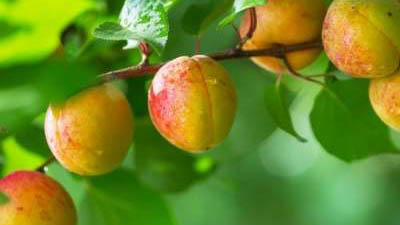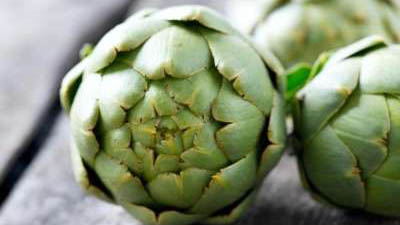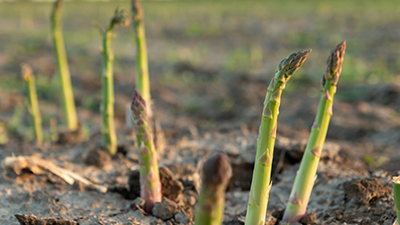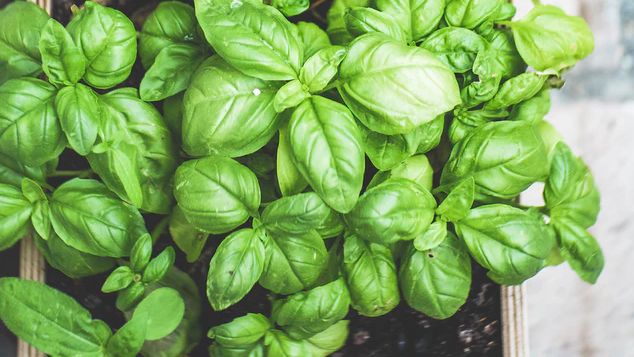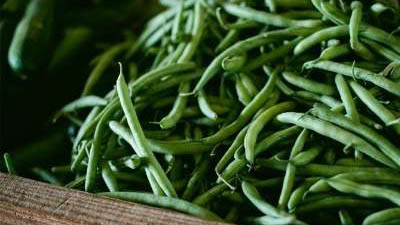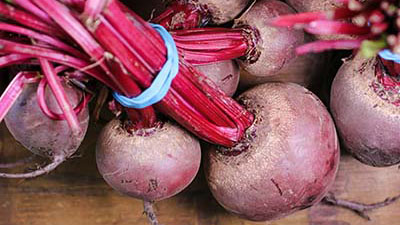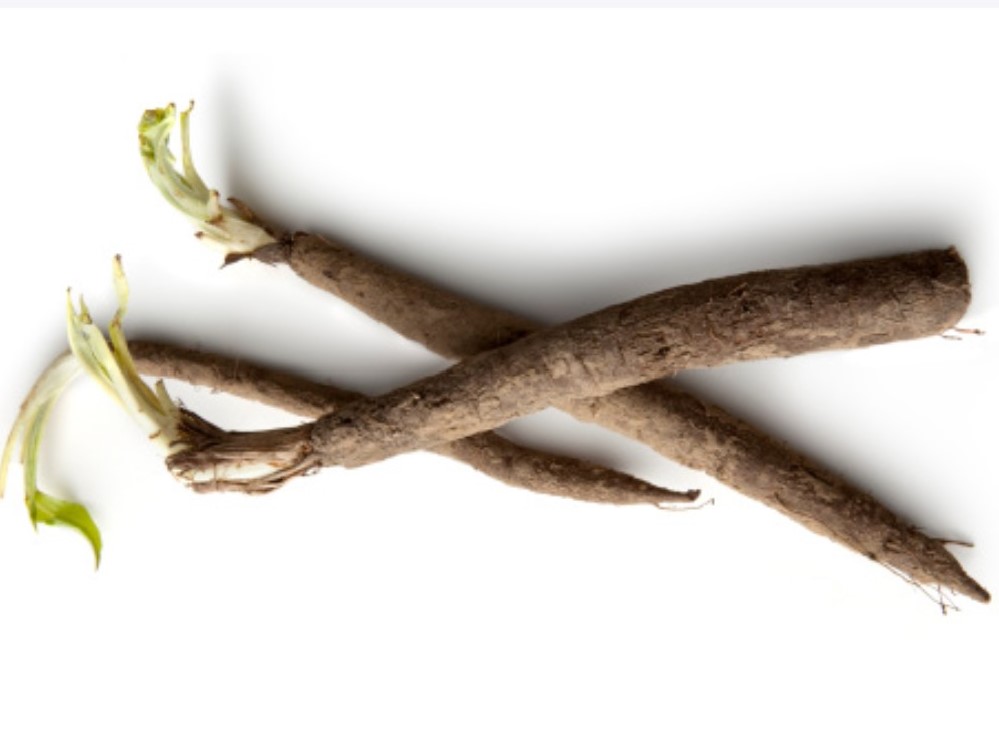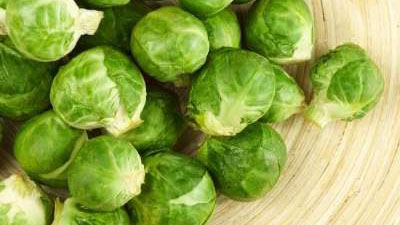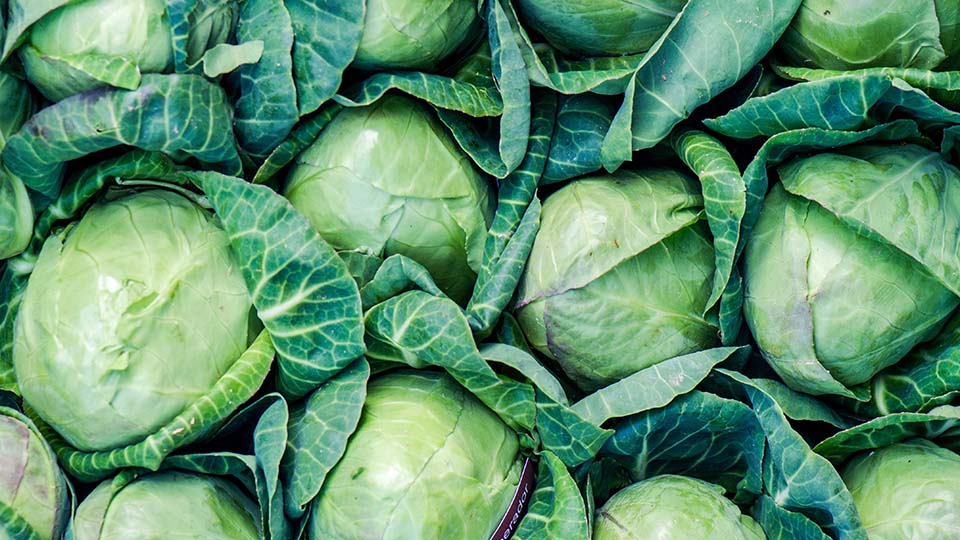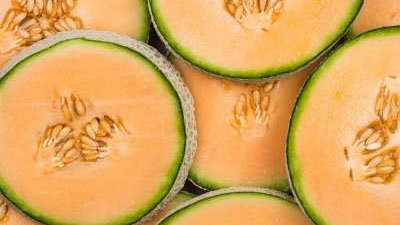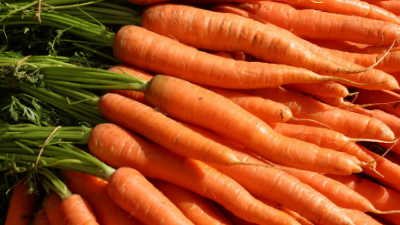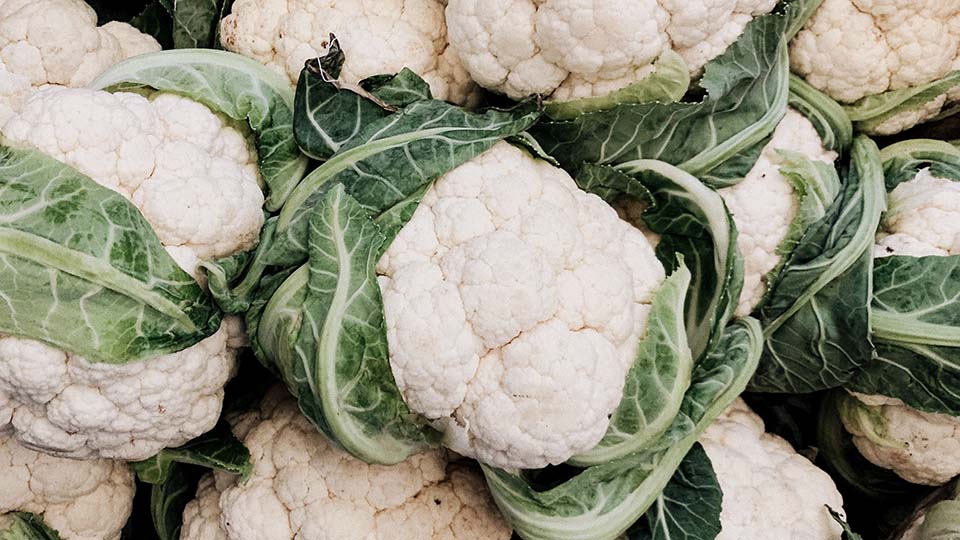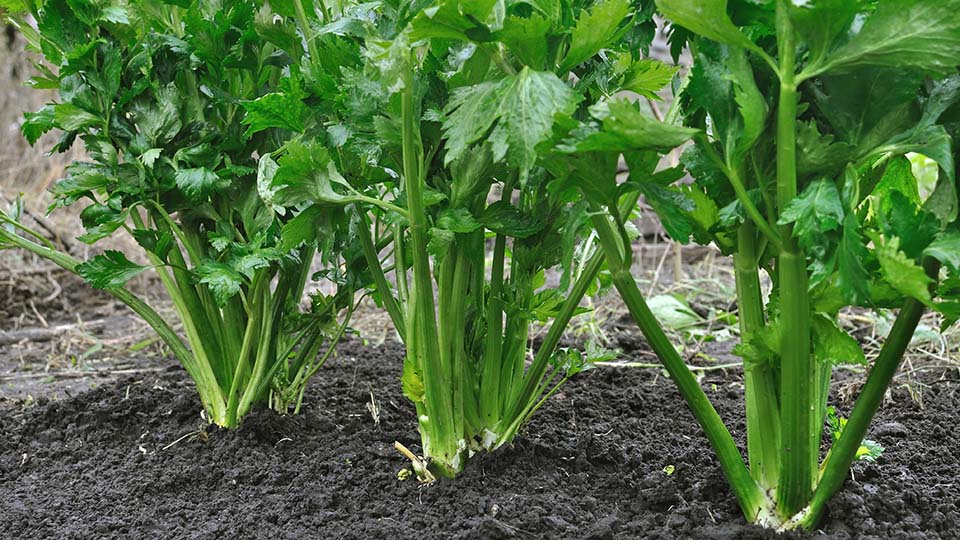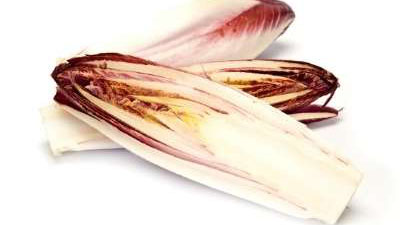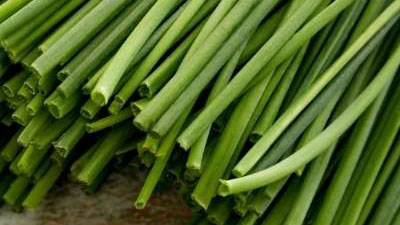Using Mulches in Utah Landscapes and Gardens
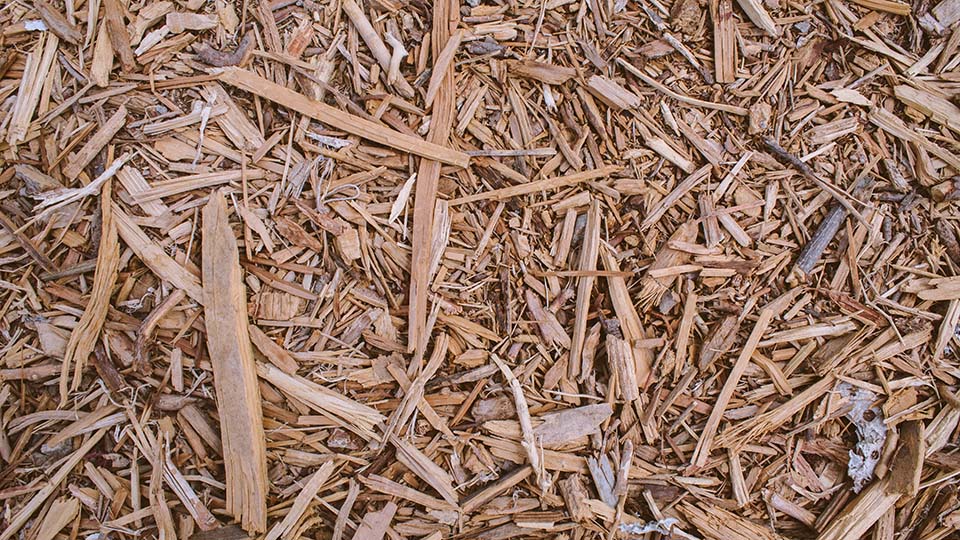
Mulching is the process of maintaining a relatively thick, continuous layer of material such as bark, leaves, or rock on the soil surface. Mulching is fundamentally different than amending soil with organic matter. Amending refers to the incorporation of organic matter into soil. Both processes are valuable cultural practices for perennial and annual landscape plants, and gardens.
Benefits of Mulching
Mulches reduce moisture loss from soil and promote rooting near the surface. Greater rooting near the soil surface increases water, nutrient, and oxygen absorption, leading to healthier plants. Mulches can also moderate surface soil temperatures, control annual weeds and grasses, reduce compaction and the need for tillage, decrease runoff and soil erosion, protect the trunk of woody vegetation from mower damage, and allow easier movement through landscapes and gardens during wet periods. The properly selected mulch also adds visually to a landscape, and can be used to direct human movement.
Organic or Inorganic Mulches
Organic mulches include plant-derived materials such as bark, straw, manure, or sawdust. Inorganic mulches include landscape fabric, plastics, and decorative rock. Organic mulches have the advantage of suppling all or part of the nutrients required by plants; however, organic mulches decompose and require frequent replenishing. Inorganic mulches do not provide nutrient benefits but last longer than organic materials. Selection of a mulch should be based on cost, availability, and the desired physical, chemical, and visual effects.
Application of Mulch
Mulches are applied after seedling emergence or after transplanting. With the exception of plastic mulches, spring mulch application should be delayed until temperatures have warmed since most mulches will insulate a cool soil. Plastic mulches may actually increase soil temperatures by simulating a greenhouse effect.
Mulch layer thickness will vary with the material used. In order to achieve the benefits of mulching stated above, apply from 1 to 2 inches of fine, dense material (less than ½ inch diameter) or 3 to 6 inches of coarse, fluffy material (between ½ inch and 3 inches in diameter). A 1 inch thick layer of mulch requires approximately 3 cubic yards of material per 1000 square feet of area. Distribute mulch evenly around the base of plants. Avoid packing mulches, especially if the material is wet when applied. Maintain as much air space in the mulch material as possible to allow for oxygen movement to roots while maintaining an effective weed barrier.
Mulch layers should be maintained at their prescribed thickness. As organic mulches decompose, add new material. Don’t worry about the decomposition of organic mulch. The organic mulch material is beneficial and is incorporated into soil by organisms living and burrowing in the mulch layer and underlying soil.
Commonly Used Mulch Materials
Table 1 summarizes some commonly used mulch materials and their characteristics. Additional guidelines for certain mulch materials are summarized following the table.
Table 1. Selected characteristics of common materials used for mulch in Utah.
| Material | Crusts/compacts or seals surface | Controls weeds | Lasts one full season | Fire hazard | Nutrient content |
|---|---|---|---|---|---|
| Peat Moss | low | moderate | moderate | moderate | low |
| Sawdust | moderate | high | moderate | moderate | low |
| Cotton seed hulls | moderate | high | medium | moderate | high |
| Straw | very low | low | moderate | high | low |
| Leaves | moderate | low | low | high | moderate |
| Lawn clippings | moderate | low | low | low | high |
| Grass hay | low | low | moderate | moderate | moderate |
| Legume hay | low | low | moderate | moderate | high |
| Compost | low | high | moderate | low | high |
| Wood chips | very low | moderate | high | moderate | very low |
| Bark | very low | moderate | high | moderate | very low |
| Black plastic | high | high | high | none | none |
| Clear plastic | high | high | high | none | none |
| Decorative rock | very low | high | high | none | none |
| Landscape fabric | low | high | high | none | none |
Peat moss: Acidic (sphagnum) moss is preferred since it will help to lower soil pH.
Sawdust, wood chips and barks: These materials can tie up nitrogen in soil and induce a deficiency in plants. Apply 1 lb of available nitrogen (~3 lbs of ammonium nitrate) per 50 lbs of these mulch materials to prevent nitrogen tie-up.
Straw, leaves, and grass hay: Chop or shred material before use to create a better mulch.
Lawn clippings: Don’t use fresh clippings as a mulch. Dry and/or compost clippings first.
Compost: Test for high levels of soluble salts and high pH before using as a mulch.
Legume hay: May heat upon wetting. Compost first or mix with other mulches before using.
Plastics: May generate excessively high soil temperatures if in direct sunlight during mid summer. Cover plastic with other decorative mulches during hot periods.
Landscape fabric: A woven synthetic material that resembles plastic burlap. Fabric is very effective in weed suppression and allows for water and air penetration into soil. Landscape fabric is also resistant to puncture or tearing when rocks are used as a decorative top cover. Spread the fabric over the soil, cut holes for existing or new plants, and then cover the fabric with a mulch such as bark, gravel, or other material.
December 2010
Utah State University Extension
Peer-reviewed fact sheet
Authors
Rich Koenig, Extension Soils Specialist
Kitt Farrell-Poe, Extension Environmental Engineer
Bruce Miller, Associate Professor
Related Research


